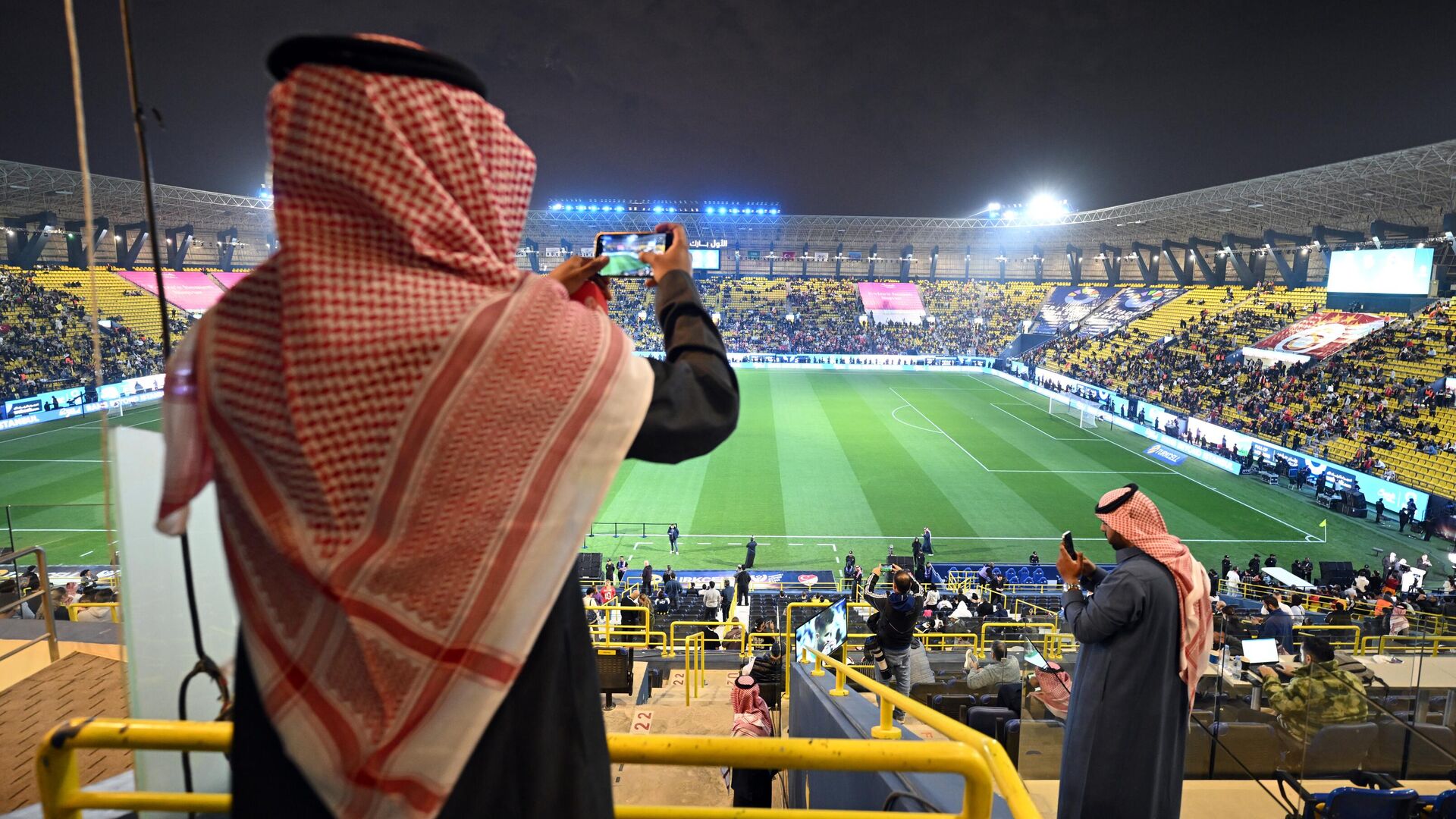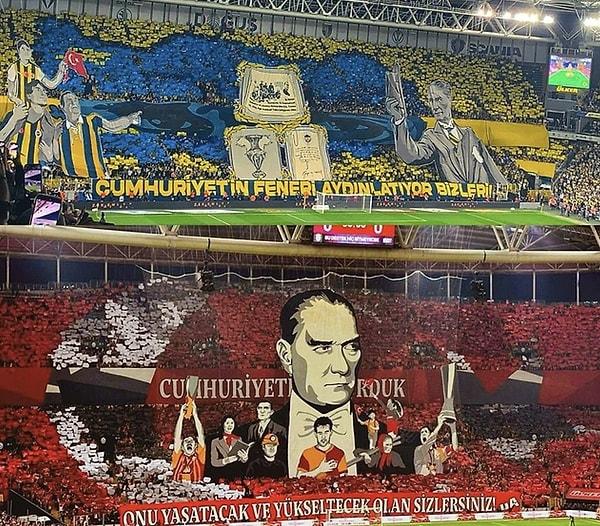How the legacy of Atatürk serves as a unifying force for Turkey's two football titans...
In the heart of Istanbul, where the Bosphorus winds its way through the historic city, two football giants, Galatasaray and Fenerbahçe, stood as symbols of a rivalry that transcended the boundaries of sport.
The animosity between their passionate fan bases known to be legendary, a fierce competition that dated back to the early 20th century. Galatasaray, the "Cim Bom" had its roots in the prestigious Galatasaray High School and founded in 1905. Fenerbahçe, on the other hand, emerged from the Asian side of the city in 1907, drawing its strength from the working-class neighborhoods.
The clash between these two powerhouses went beyond football; it was a clash of identities, histories, and social classes. Over the years, the rivalry intensified, fueled by dramatic matches, controversial decisions, and heated encounters on and off the pitch. The supporters, known as "Aslanlar" (Lions) for Galatasaray and "Sarı Kanaryalar" (Yellow Canaries) for Fenerbahçe, spared no effort in creating an atmosphere of hostility. The stadiums echoed with chants, flares, and a palpable tension that could be cut with a knife. 
Both sides never shy away from expressing their mutual animosity, each fervently asserting their claim as the most successful football club in Turkey. The infamous rainy derby of 2007, held after Fenerbahçe secured the championship that season, remains etched vividly in the memories of both factions. The collective volume of water unleashed onto the field that day is estimated to have surpassed several metric tonnes.
The info above should give you a clear picture of the ongoing feelings of the sides for each other and on a second note the Fenerbahce-Galatasaray derby is acknowledged to be in the TOP 5 football rivalries in the world.
So it was only natural to expect the similar scenes from the Turkish Super Cup Final, which was planned to take place on 29 December 2023 in Riyadh, Saudi Arabia. Fans of both sides were dreaming of taking the cup to win the bragging rights and the atmosphere was hostile between the two giants.The anticipation reached a fever pitch as fans prepared for another chapter in their storied rivalry. 
However, a twist of fate intervened. The Saudi Arabian authorities, for reasons unknown, denied both teams the right to display Atatürk-themed jerseys and banners, symbols deeply ingrained in Turkish identity. The news sent shockwaves through the football community. It was an affront to the shared history and pride of a nation. 
Galatasaray and Fenerbahçe, archenemies on the pitch, found themselves facing a common adversary off it. The supporters, initially divided by an unyielding rivalry, set aside their differences and united in a collective stand against this unexpected challenge to their heritage. In an unprecedented move, the Lions and the Yellow Canaries joined forces, setting aside their traditional enmity.
Banners prompting "Peace at home, Peace in the world" the famous words of Ataturk, which actually means the father of the Turks, adorned the streets, as fans from both camps gathered at the airports to welcome their teams back home. The nation watched in awe as the bitter rivals turned allies stood shoulder to shoulder, united by a cause that surpassed football. 
The animosity that defined their relationship gave way to a newfound respect. The power of a shared identity, symbolized by Atatürk, bridged the divide, proving that even the fiercest of adversaries could find common ground in the face of external challenges.
As the teams returned to Turkey, the message was clear—the spirit of Atatürk, the founding father of the nation, was a unifying force stronger than any rivalry. In this unexpected twist of fate, the Lions of Galatasaray and the Yellow Canaries of Fenerbahçe discovered that sometimes, the most powerful victories are not won on the pitch but in the unity forged against a common foe.












































